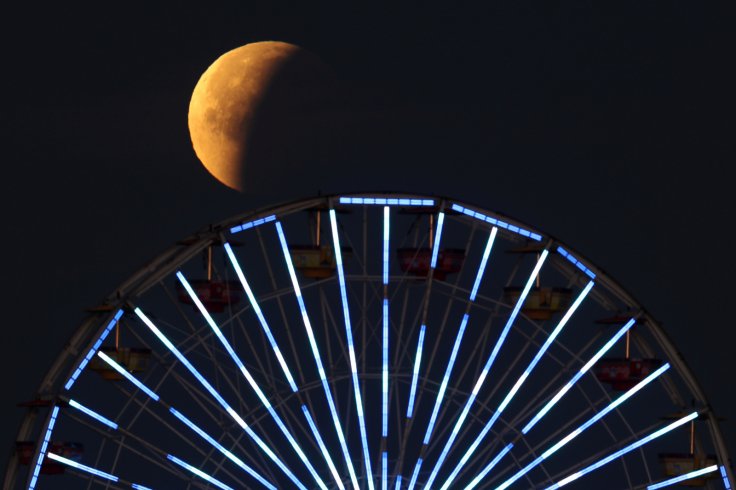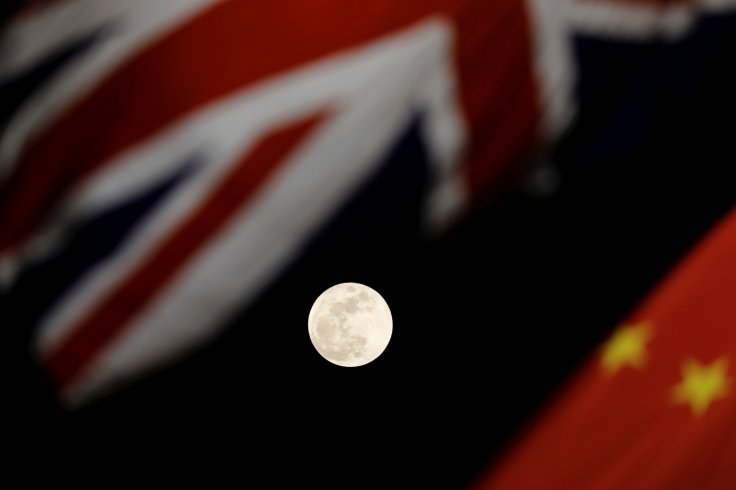
People across the globe, including Singaporeans, witnessed a rare astronomical event dubbed a "super blue blood moon that lighted up the night sky on Wednesday night. In a rare coincidence, lunar eclipse, a blue moon and a supermoon occurred simultaneously in the sky giving the sky gazers the view of a lifetime.
The cosmic event was visible in the western hemisphere for the first time in 152 years as it was last spotted on March 31, 1866.
Nearly 5,000 visitors gathered at the The Observatory at The Science Centre Singapore to use the telescopes to catch a glimpse of the rare lunar eclipse. There was a separate viewing session organised from 7.30 pm to 10.30 pm.
After much excitement, the Singaporeans were able to witness the rare sight of a full eclipse at around 8.50 pm and most of them were seen capturing the moment with their cameras.
About 300 Singaporeans flocked to the eight observation decks set up at National Junior College (NJC) to see the rare astronomical event. Although the total eclipse was over by 10 pm, hundreds of people were still queueing for their turn at the telescope.
Experts described the event as supermoon trilogy as this was the second arrival of supermoon this year. The duration of the total phase is 77 minutes.
What is supermoon?
A supermoon is popularly known as a full or new moon that coincides with the lunar orbit making an especially close approach to earth. The scientific term of supermoon is perigee syzygy. Gurtina Besla, a professor at the Arizona University, said that the phrase 'perigee syzygy' refers to the moon being at its closest distance to the Earth, and syzygy refers to the alignment of multiple bodies — the moon, Earth and sun need to be aligned for us to see a full moon.
"Perigee refers to the moon being at its closest distance to the earth, and syzygy refers to the alignment of multiple bodies — the moon, earth and sun need to be aligned for us to see a full moon. So it translates to the closest separation between the moon and earth when the earth, moon and sun are aligned," Besla told NPR.
A supermoon is also called a "Wolf Moon" as in early times it used to appear when wolves howled in hunger outside the villages.
During a lunar eclipse, the earth comes in between the sun and the moon, blocking the light that hits the lunar surface. This position casts an earth shadow over the moon and it appears to be blood red or orange during totality.






















